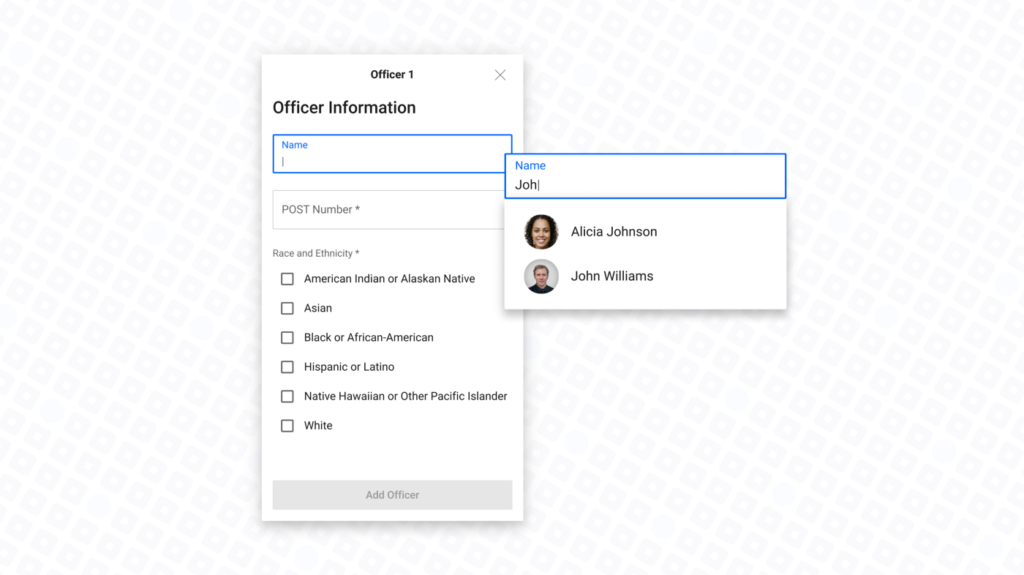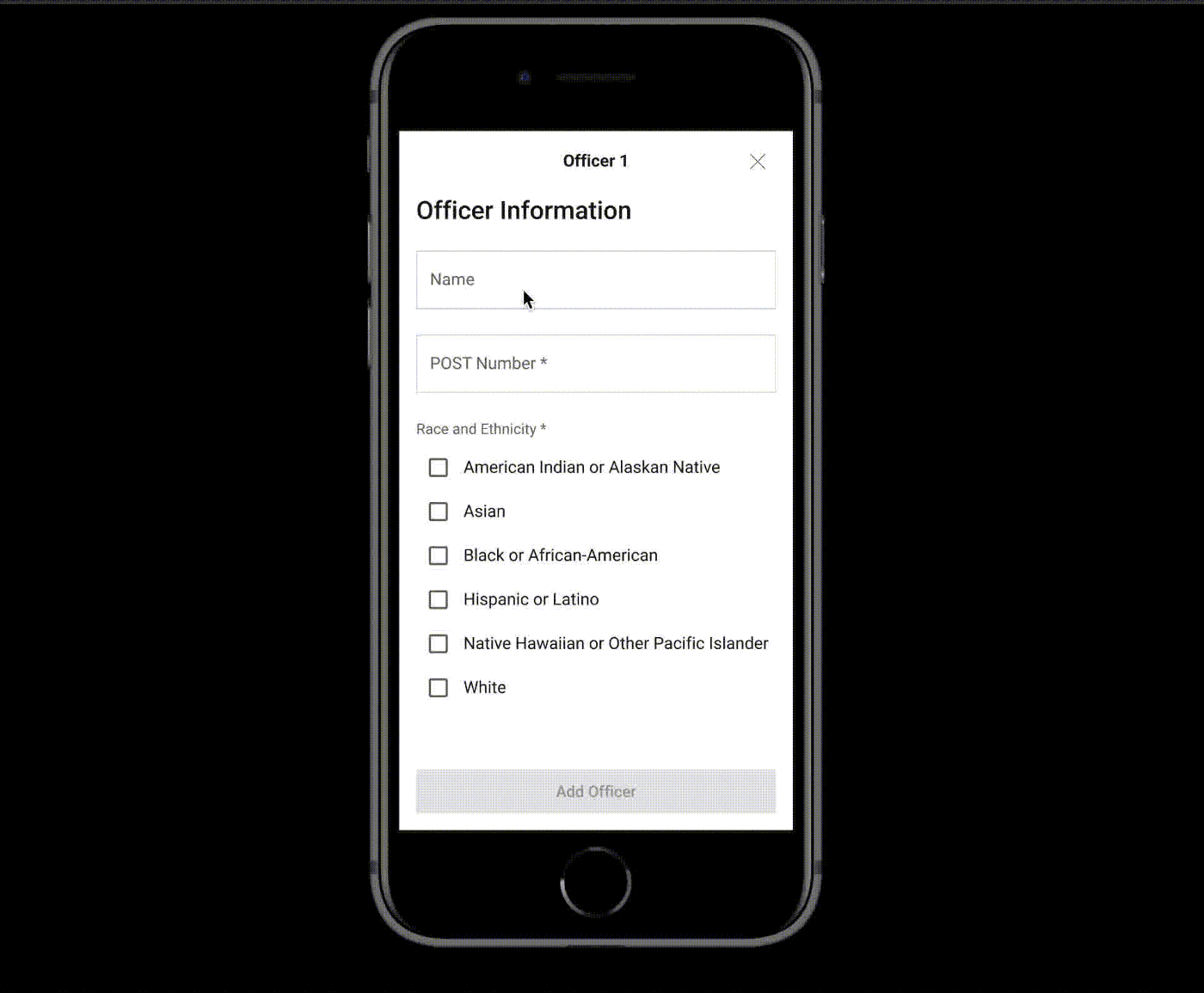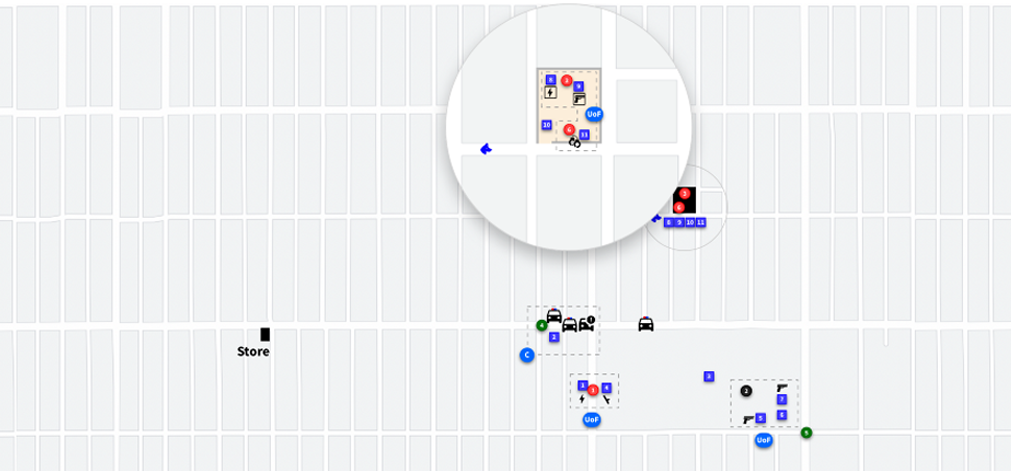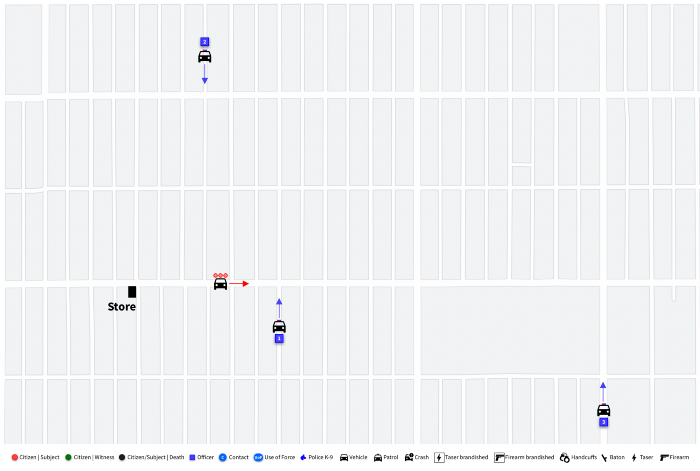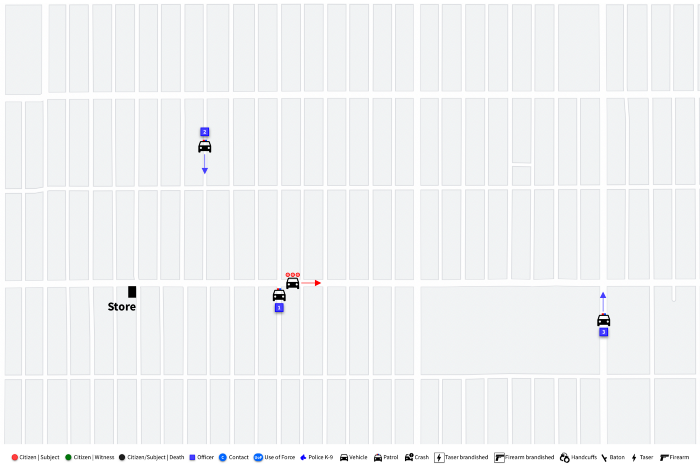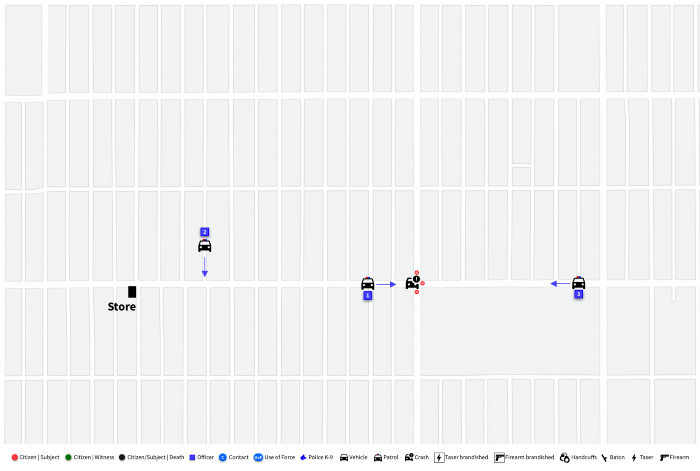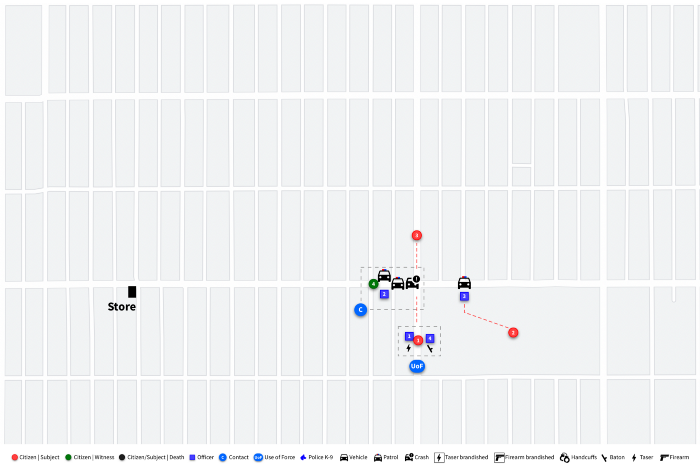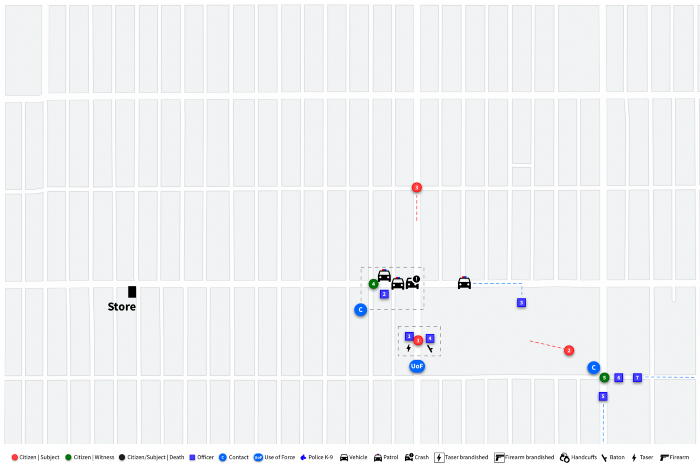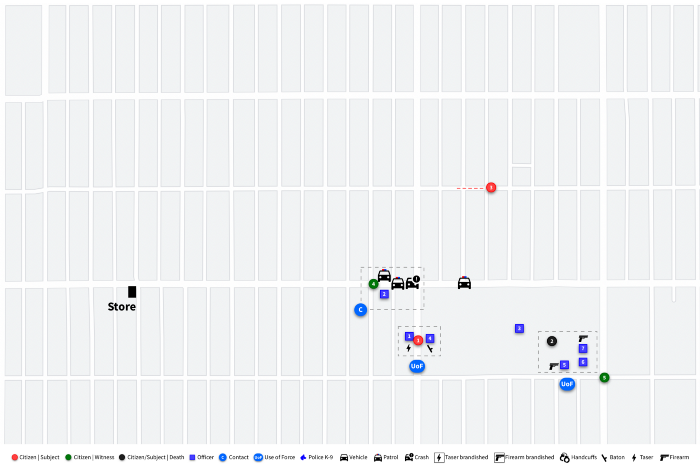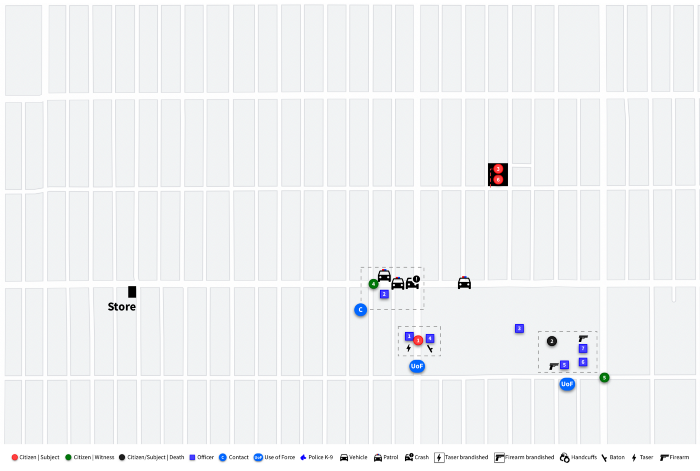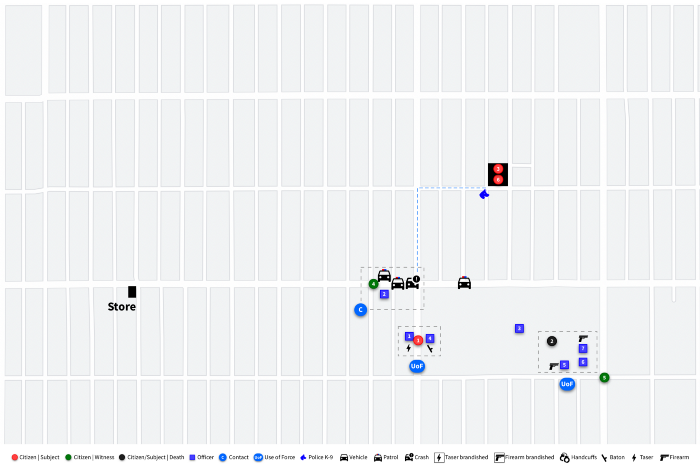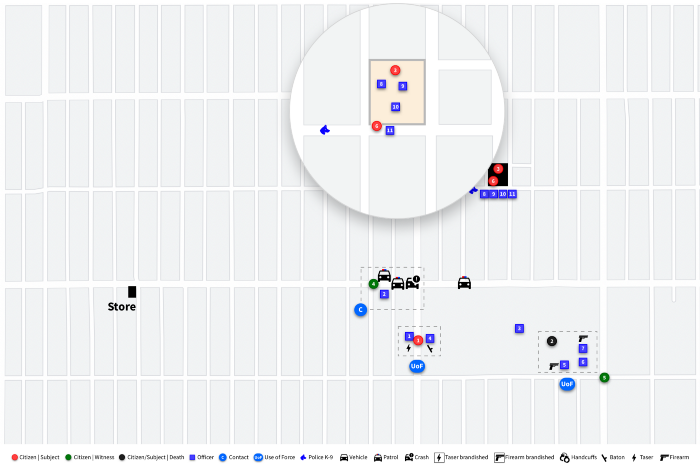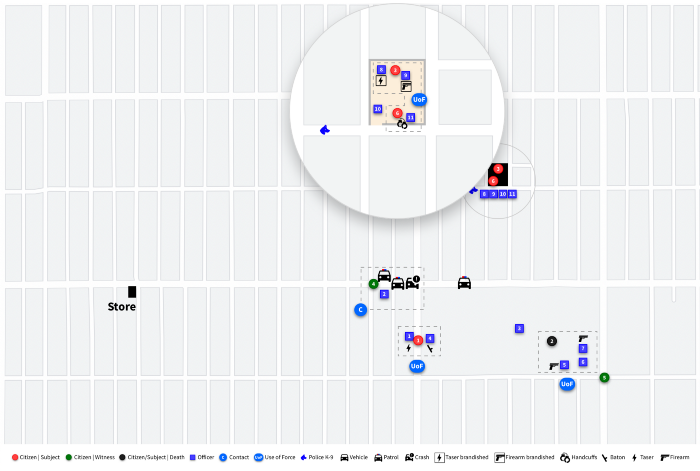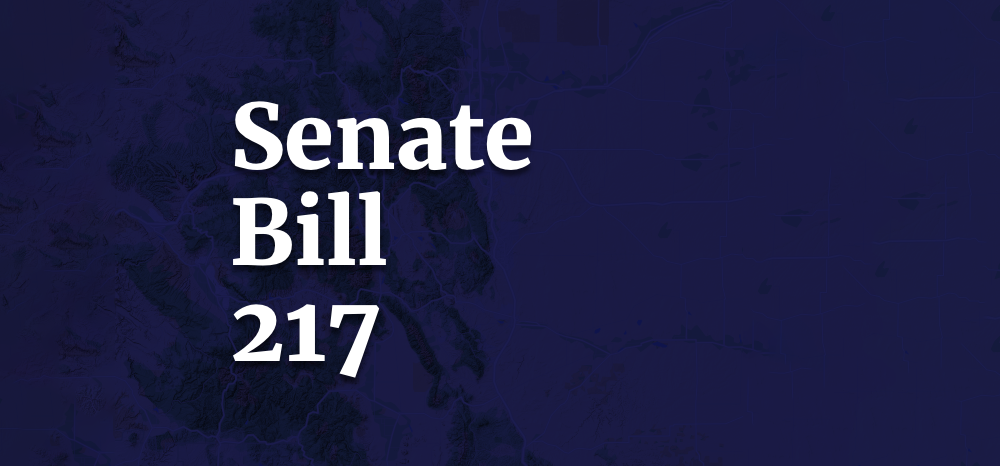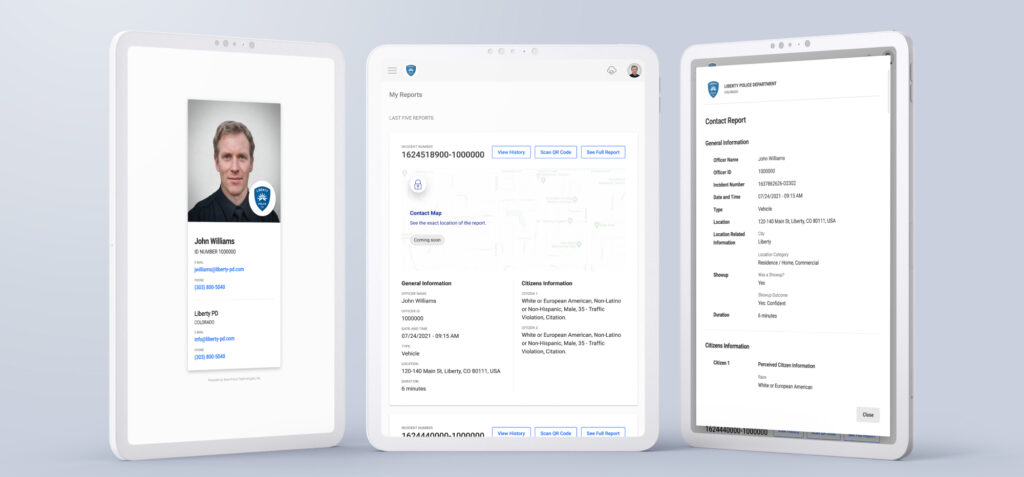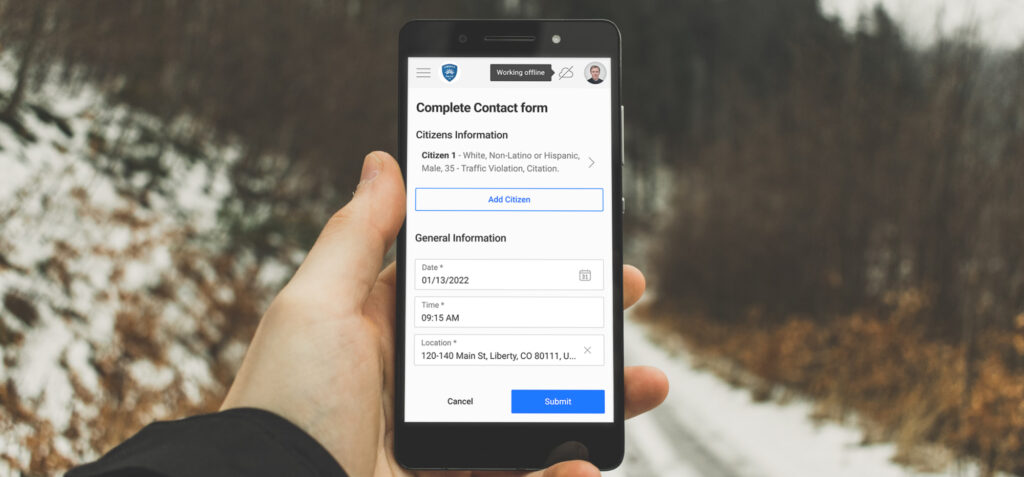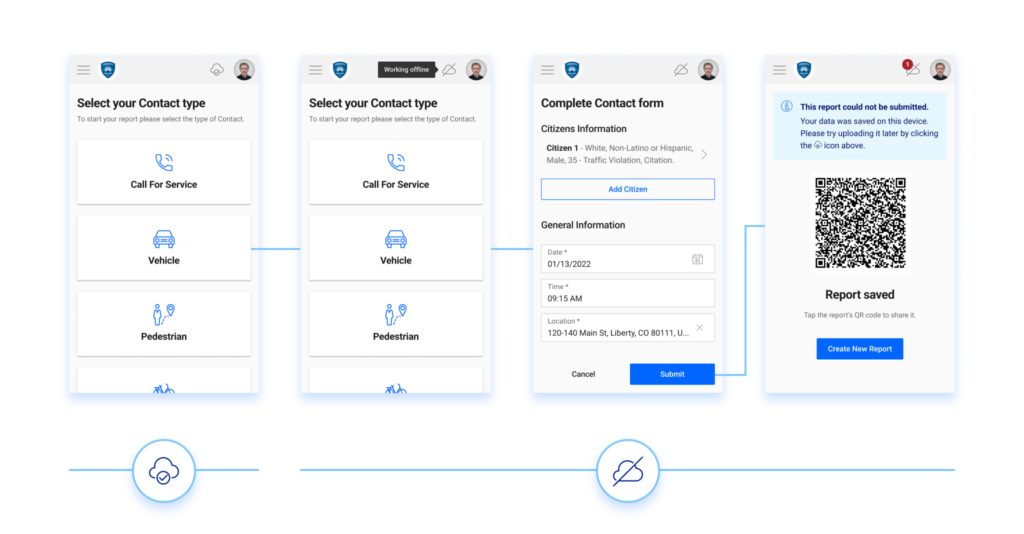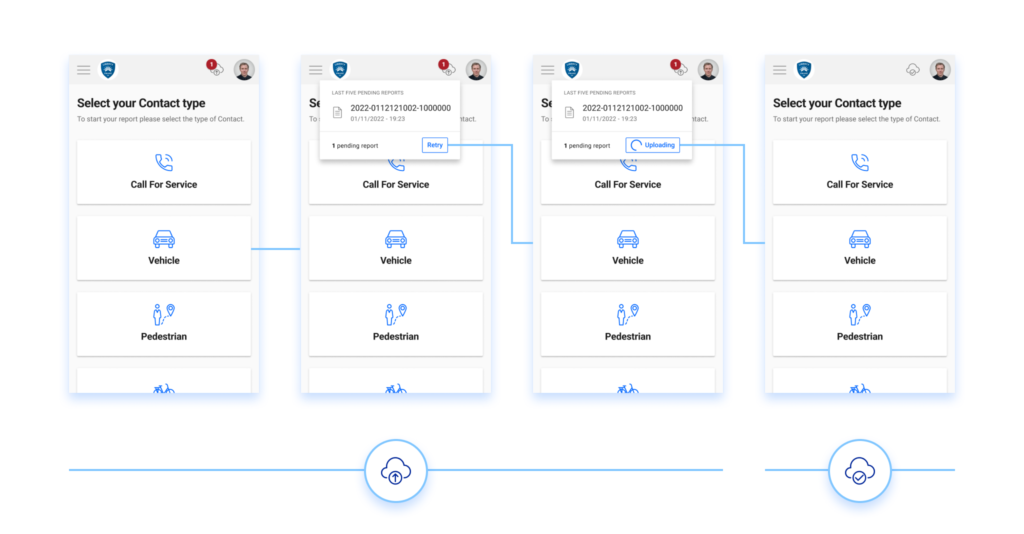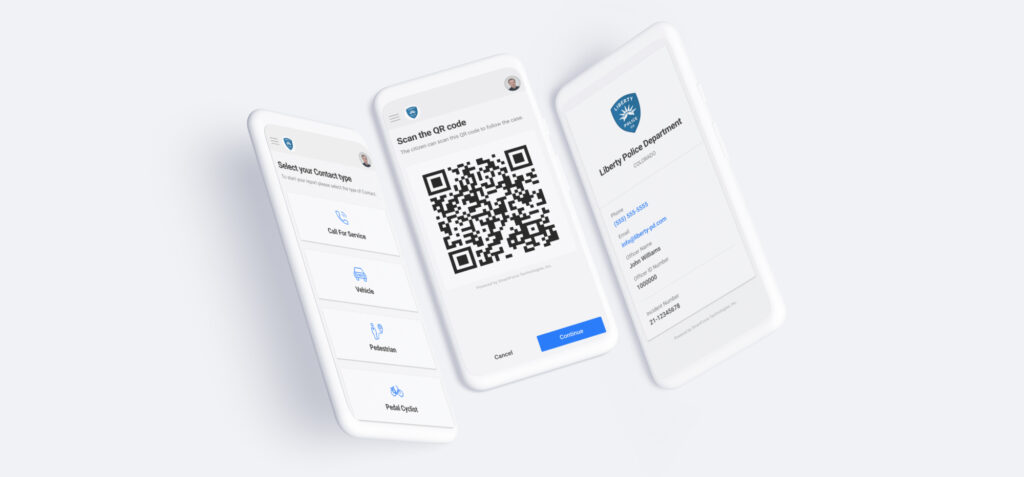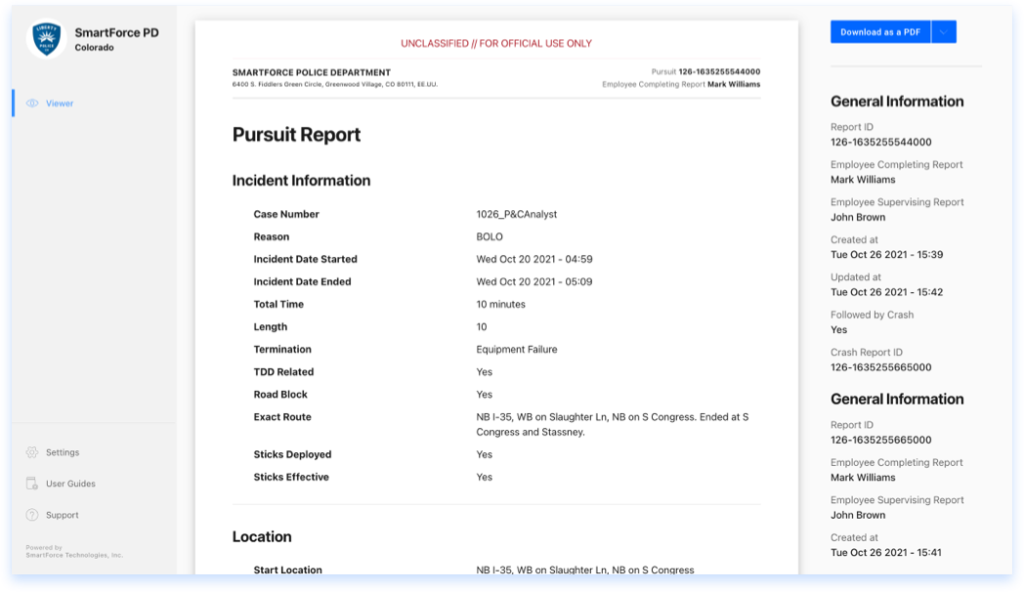Unlock the Power of 21st-Century Policing with SmartForce:
Law enforcement agencies face numerous challenges in the digital age, including effective communication, data-driven decision-making, and strong community relationships. SmartForce, a state-of-the-art platform built on the principles of 21st Century Policing, offers a comprehensive solution that revolutionizes law enforcement communication, enhances decision-making, and fosters trust within communities. In this blog, we’ll explore the transformative features of SmartForce and how they can empower your agency to excel in the 21st century.
Real-time Communication and Collaboration:
SmartForce provides instant communication and information sharing, enabling seamless connections between crime analysis, command staff, patrol, and specialty units. With automated workflows and data-driven insights, SmartForce helps deploy resources strategically based on real-time data. The platform offers a collaborative space for analysts, command staff, front-line supervisors, specialty units, and patrol to work together on policing projects, streamlining communication and increasing awareness. SmartForce eliminates the need for a disjointed combination of email, spreadsheets, and disparate report systems, leading to better organization and deconfliction.
Anytime, Anywhere Access:
In our connected world, remote and mobile connectivity is essential. SmartForce ensures easy access to critical data, allowing agency-wide synchronization and empowering officers to operate effectively.
Enhanced Decision-Making and Performance:
SmartForce delivers valuable insights for informed decisions, improving performance at every level. By empowering law enforcement agencies with data-driven strategies, SmartForce contributes to more efficient policing.
Community Engagement and Trust-Building:
The platform supports community policing initiatives, fostering trust and collaboration with the public. SmartForce helps build stronger ties between law enforcement agencies and their communities through transparency and accountability.
Robust Security:
In an era of increasing cyber threats, law enforcement agencies must be confident that their data is secure. SmartForce’s CJIS Compliant solution protects your agency’s data from potential risks, giving you peace of mind.
Success Story: Carlsbad, NM Police Department
The Carlsbad Police Department’s experience highlights the transformative power of SmartForce. By leveraging the Shift Briefing feature, officers could quickly share information about a suspicious vehicle reported by a citizen. Two months later, an officer spotted the vehicle, verified the information using SmartForce, and arrested the suspect, who confessed to seven burglaries. The platform’s capabilities fostered collaboration, increased visibility, and streamlined information sharing, leading to the resolution of the cases.
Carlsbad Police Chief Shane Skinner noted, “Officers love the search engine. It is much better than email and makes searching for intel fast and easy.”
By aligning with the principles of 21st Century Policing, SmartForce enhances collaboration, increases transparency, optimizes resources, and fosters stronger community relations, positioning your law enforcement agency for success in the digital age.
Keep outdated communication methods from holding your agency back. Experience the benefits of SmartForce firsthand and schedule a demo today. Embrace the future of law enforcement communication and empower your team with the tools they need to serve and protect your community.

